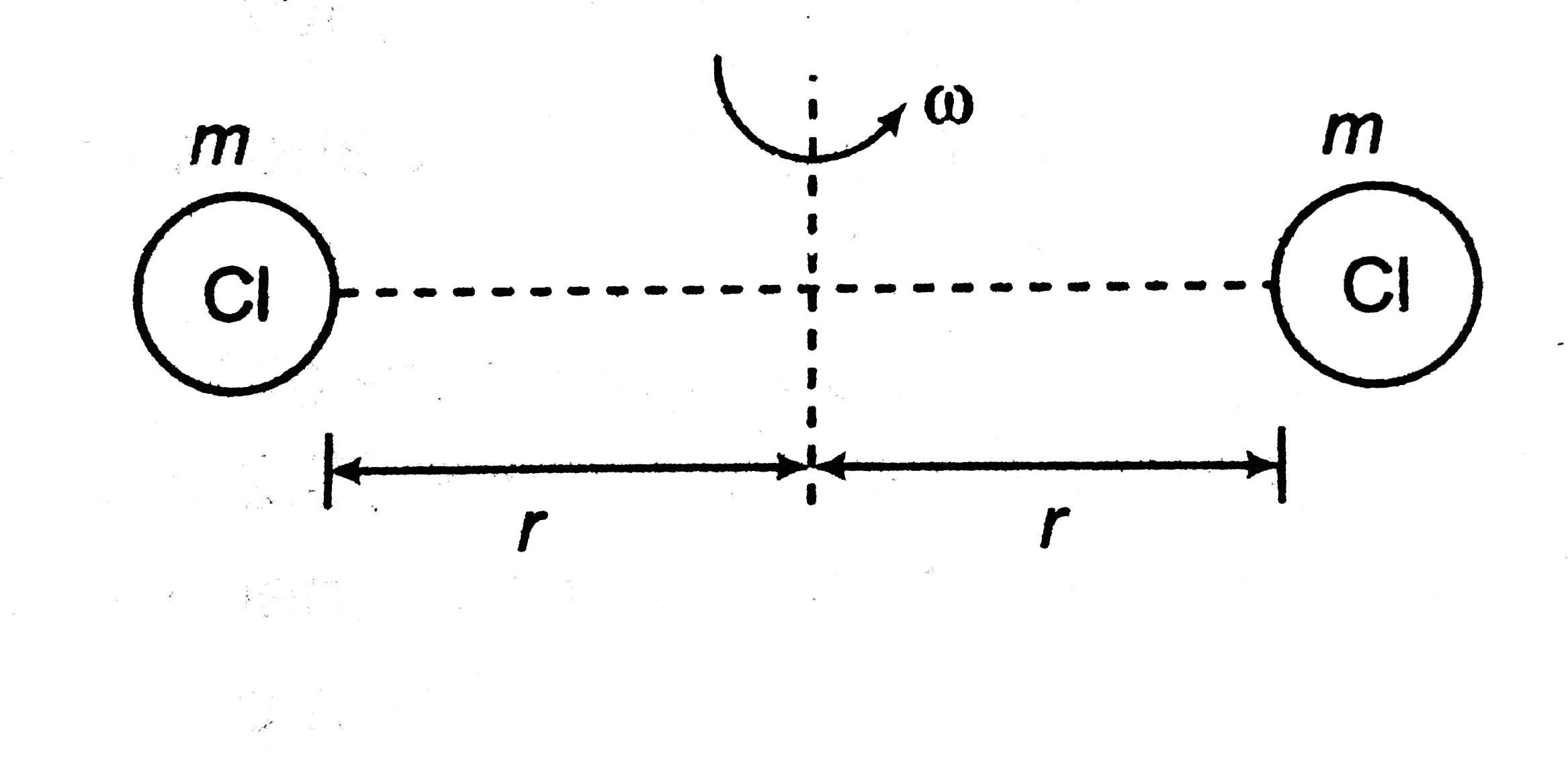Complete Solutions to LEVEL-3(C.W) of chapter KINETIC THEORY OF GASES of Class 11 book with complete answers and questions
| Class 11 | PHYSICS |
| Chapter | KINETIC THEORY OF GASES |
| NARAYANA | LEVEL-3(C.W) |
| Number Of Questions | 13 |
| Academic Year | 2023-24 |
A vessel of volume , `V = 5.0` litre contains `1.4 g` of nitrogen at a temperature `T = 1800 K`. Find the pressure of the gas if `30%` of its molecules are dissociated into atoms at this temperature.
View SolutionThe mass 15 gram of Nitrogen is enclosed in vessel at 300K. What heat must be supplies to it to double the 'rms' velocity of its molecules
View SolutionAt what absolute temperature 'I', is 'rms' speed of a hydrogen molecule equal to its escape velocity from the surface of the moon? The radisuof moon is R,g is the acceleration due to gravity on moon's surface, m is the mass of a hydrogen molecule and k is the Boltzmann constant.
View SolutionDetermine the gas temperature at which
(a) the root mean square velocity of hydrogen molecules exceeds their most probable velocity by `Delta v = 400 m//s` ,
(b) the velocity distribution function `F (v)` for the oxygen molecules will have the maximum value at the velocity `v = 420 m//s`.
View SolutionTwo cylinder having `m_(1)g` and `m_(2)g` of a gas at pressure `P_(1)` and `P_(2)` respectively are put in cummunication with each other, temperature remaining constant. The common pressure reached will be
View SolutionGiven is the graph between `(PV)/T` and P for 1 gm of oxygen gas at two different temperatures `T_(1) and T_(2)` Fig. Given, density of oxygen `= 1.427 kg m^(-3)`. The value of `(PV)//(T)` at the point A and the relation between `T_(1) and T_(2)` are respectively :

View SolutionThe pressure of an ideal gas varies according to the law `P = P_(0) - AV^(2)`, where `P_(0)` and `A` are positive constants. Find the highest temperature that can be attained by the gas
View SolutionHow many degress of freedom have the gas molecules, if under standard conditions the gas density is `rho = 1.3 kg//m^3` and velocity of sound propagation o it is `v = 330m//s` ?
View SolutionThe temperature of a gas consisting of rigid diatomic molecules is `T = 300 k`. Calculate the angular root mean square velocity of a rotating molecule if its moment of inertia is equal to `I = 2.1.10^-39 g.cm^2`.
View SolutionIn a crude model of a rotating diatomic molecule of chlorine `(Cl_2)`, the two `(C l)` atoms are `2.0 xx 10^-10 m` apart and rotate about their centre of mass with angular speed `omega = 2.0 xx 10^12 "rad" //s`. What is the rotational kinetic energy of one molecule of `C l_(2)` , Which has a molar mass of `70.0 g // mol` ?
 .
.
View SolutionFind the number of degrees of freedom of molecules in a gas whose molar heat capacity at constant pressure is equal to `C_(P)=20J`/(moL K)
View SolutionAn ideal gas undergoes a process in which `PV^(-a)=` constant, where V is the volume occupied by the gas initially at pressure P. At the end of the process, 'rms' speed of gas molecules has become `a^(1//2)` times of its initial value. What will be the value of `C_(V)` so that energy transferred in the form of heat to the gas is 'a' times of the initial energy.
View SolutionN molecules each of mass m of gas A and 2 N molecules each of mass 2m of gas B are contained in the same vessel which is maintined at a temperature T. The mean square of the velocity of the molecules of B type is denoted by `v^(2)` and the mean square of the x-component of the velocity of a tye is denoted by `omega^(2)`. What is the ratio of `omega^(2)//v^(2) = ?`
View Solution
LEVEL-3(C.W) questions and complete solutions for chapter KINETIC THEORY OF GASES of NARAYANA PHYSICS (HINGLISH) of Class 11